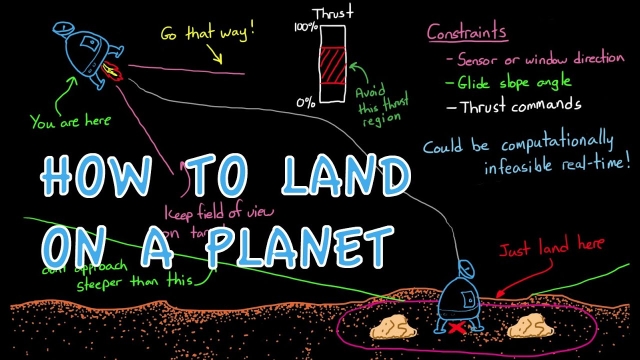
TikZ source Code: Two systems in negative feedback
TikZ source Code: Two systems in negative feedback
See MoreLecture 5: Block Diagram Reduction
Tuning a Fuzzy Logic Controller with Data | Fuzzy Logic, Part 4
This video covers the basics of data-driven approaches to tuning fuzzy inference systems. See what it means to find an optimal solution, which fuzzy inference parameters are being tuned...
See MoreTikZ source Code: Sliding Mode Control Example System 2
TikZ source Code: Sliding Mode Control Example System 2
See MoreLectures on Adaptive Control and Learning by Tansel Yucelen
A serie of lectures on the topic of adaptive controllers.
See MoreDerivation of the 1D Wave Equation
In this video, we derive the 1D wave equation. This partial differential equation (PDE) applies to scenarios such as the vibrations of a continuous string. ...
See MoreLecture 15: Root Locus
Frequency domain – tutorial 12: FT of periodic signals
In this video, we learn how to find the Fourier transform for periodic signals. The following materials are covered:1) relation between Fourier transform and...
See MoreLecture 1 Introduction to Automatic Control
CORRECTION: Bode Plots by Hand: Complex Poles or Zeros
I explain how to determine the straight-line estimate of the Bode Plot for a second order transfer function with a pair of complex poles. This video is a repeat of the last half of the Bode...
See MoreTime domain - tutorial 6: elementary signals
In this video, we cover two elementary signals, unit step and unit impulse, which will be extensively used in this course. The following materials are covere...
See MoreCayley-Hamilton Theorem [Control Bootcamp]
Here we describe the Cayley-Hamilton Theorem, which states that every square matrix satisfies its own characteristic equation. This is very useful to prove results related to...
See MoreMATLAB Sensor Array Analyzer App
The Sensor Array Analyzer app enables you to construct and analyze common sensor array configurations. These configurations range from 1-D to 3-D arrays of antennas, sonar transducers, and...
See MoreExpressing Vectors in Different Frames Using Rotation Matrices
In this video we develop notation to express a vector in different reference/coordinate frames. We then investigate how to use rotation matrices to translate from a vector expressed in one...
See MoreTransfer Functions in Simulink for Process Control
An introduction on deriving transfer functions from a linearized state space model via Laplace Transforms, and how we can input transfer functions into Simul...
See MoreData-Driven Control: Balanced Models with ERA
In this lecture, we connect the eigensystem realization algorithm (ERA) to balanced proper orthogonal decomposition (BPOD). In particular, if enough data is collected, then ERA produces...
See MoreSVD: Eigen Action Heros [Matlab]
This video describes how the singular value decomposition (SVD) can be used to efficiently represent human faces. In this example, we represent action heros (Matlab).
See MoreUnderstanding PID Control, Part 3: Expanding Beyond a Simple Derivative
This video describes how to make an ideal PID controller more robust when controlling real systems that don’t behave like ideal linear models. Noise is generated by sensors and is present in...
See MoreVector Derivatives (the Equation of Coriolis) and the Angular Velocity Vecto...
In this video we develop the Equation of Coriolis which describes how a vector in a rotating reference frame changes from the perspective of an observer in a non-rotating reference frame. We...
See MoreDirect Design Example for PID Controller
I go through an example problem of how we can use Direct Design (also called Direct Synthesis) to determine the tuning parameters for a PID controller, given...
See MoreData-Driven Control: Observer Kalman Filter Identification
In this lecture, we introduce the observer Kalman filter identification (OKID) algorithm. OKID takes natural input--output data from a system and estimates the impulse response, for later...
See MoreUnitary Transformations and the SVD [Matlab]
This video describes how the singular value decomposition (SVD) is related to unitary transformations, with Matlab code.
See MoreHow to Land on a Planet (and how it'll be done in the future!)
This video covers the basic ideas behind how engineers develop the algorithms that allow autonomous robots to land on other planetary bodies.
See More
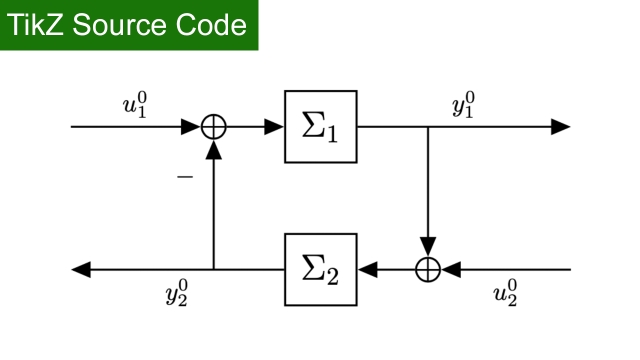

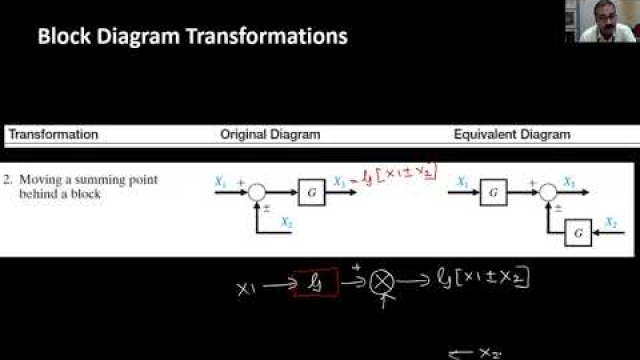
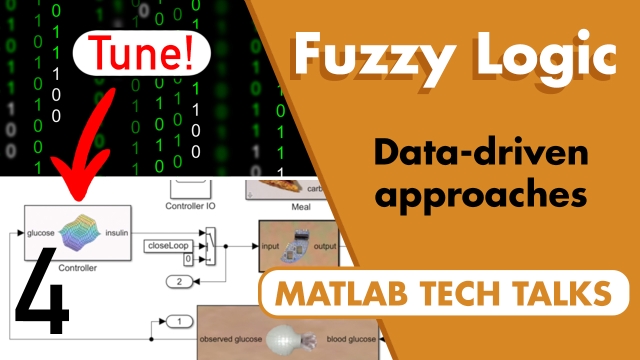
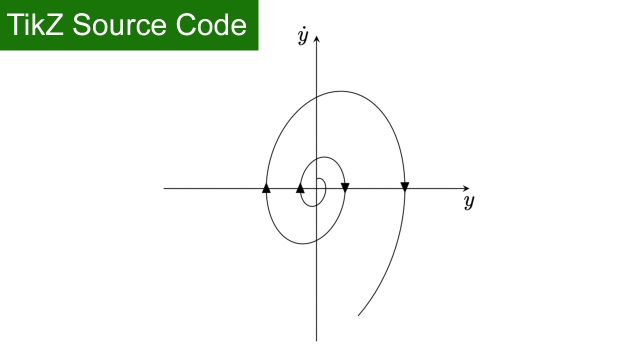

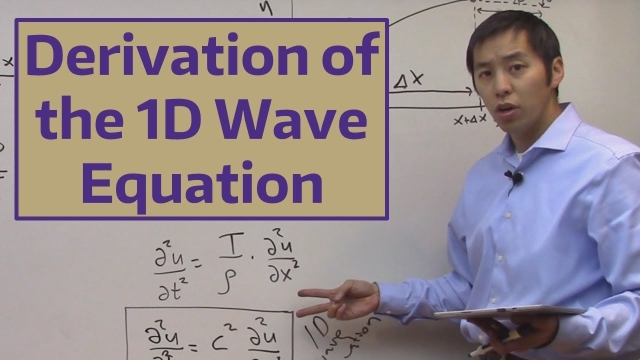

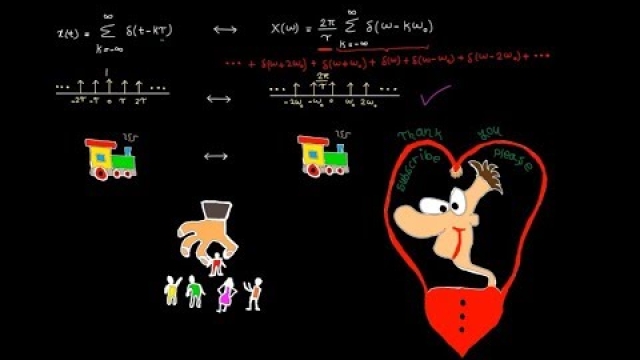
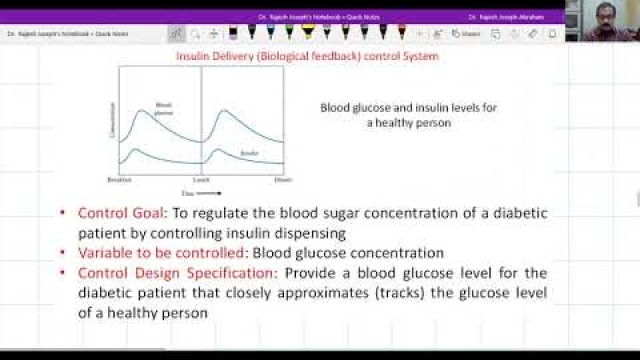

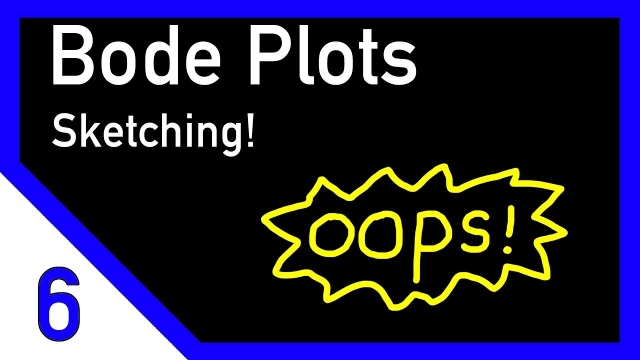
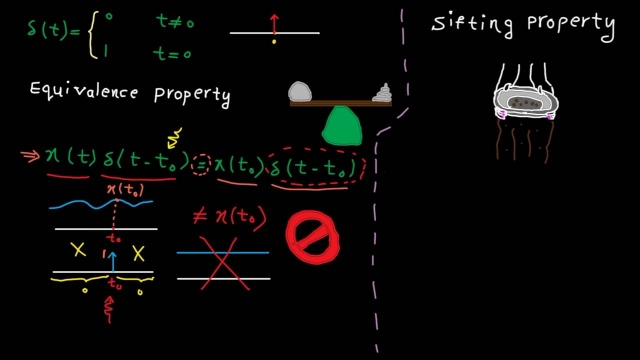
![Cayley-Hamilton Theorem [Control Bootcamp] Cayley-Hamilton Theorem [Control Bootcamp]](/sites/default/files/styles/search_resulkts/public/2020-12/maxresdefault_395.jpg?itok=Xi08rPqq)
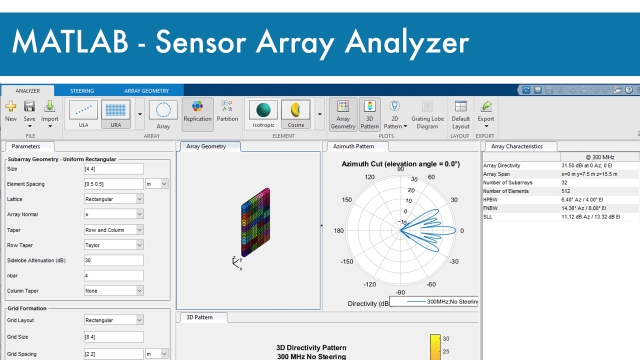
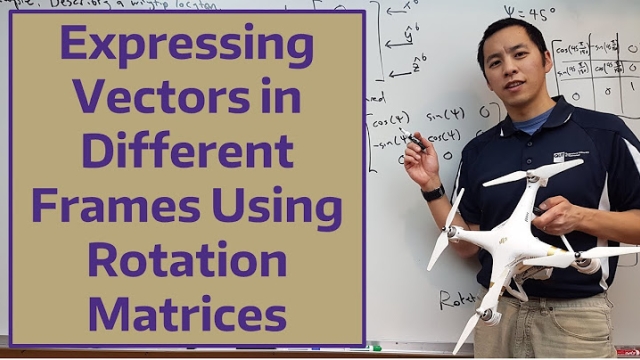
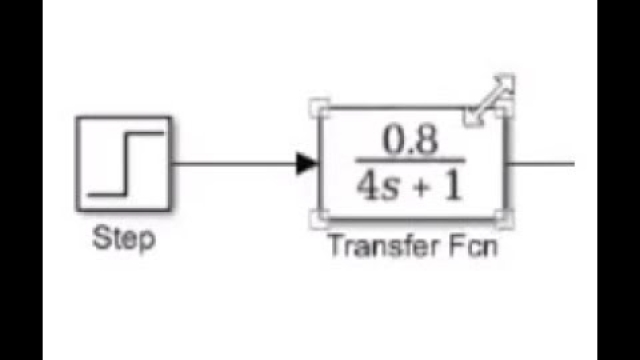
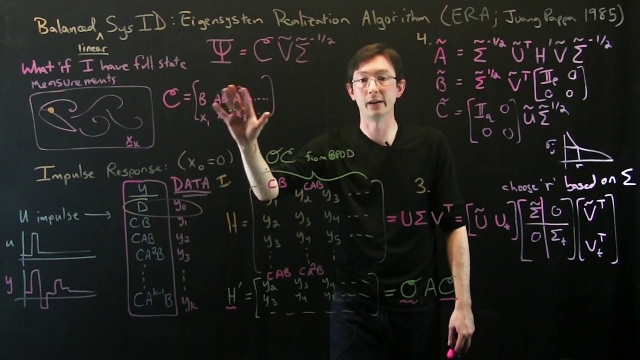
![SVD: Eigen Action Heros [Matlab]](/sites/default/files/styles/search_resulkts/public/2020-12/maxresdefault_411.jpg?itok=YrhhkBXx)
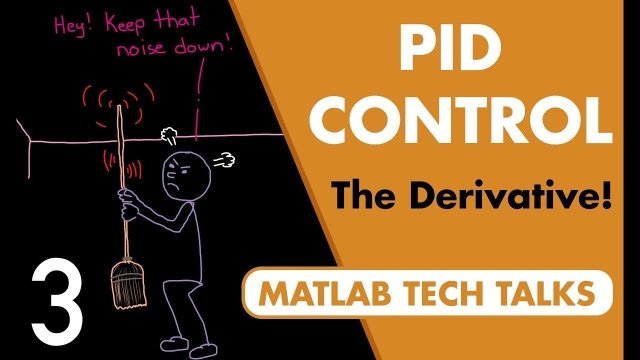
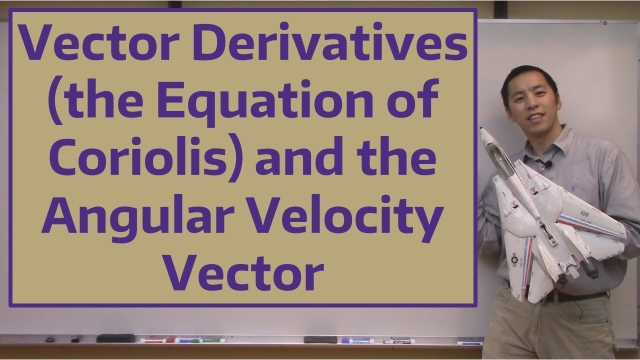
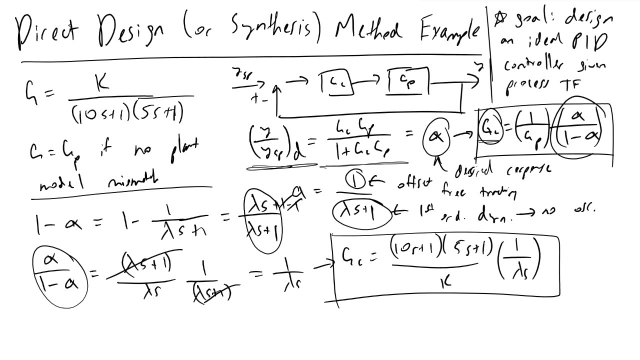
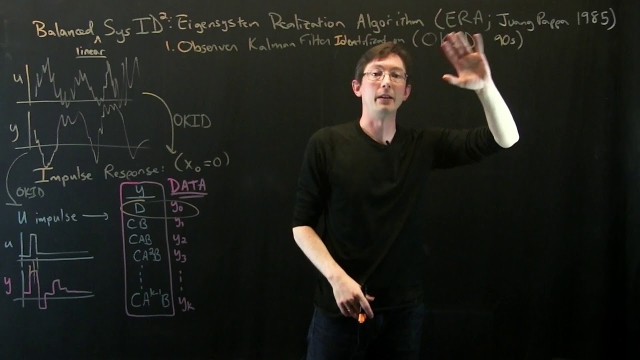
![Unitary Transformations and the SVD [Matlab]](/sites/default/files/styles/search_resulkts/public/2020-12/maxresdefault_427.jpg?itok=FrsjRsfe)
